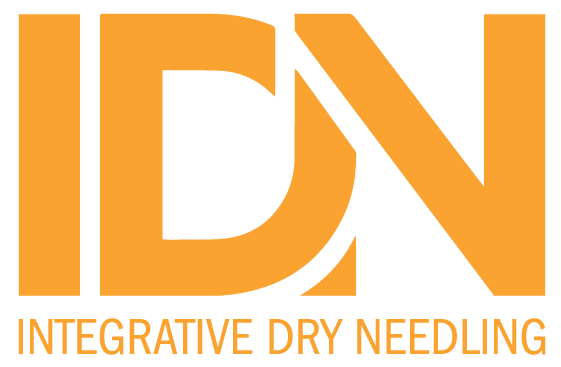Zhen Ci Yan Jiu. 2024 Jun 25;49(6):585-593. doi: 10.13702/j.1000-0607.20230487.
ABSTRACT
OBJECTIVES: To observe the effect of heat-reinforcing needling (HRN) on synovial inflammation, hypoxia-inducible factor-1α (HIF-1α) and glycolytic activity in serum and synovial tissue in rabbits with cold syndrome of rheumatoid arthritis (RA), so as to explore its mechanisms underlying improvement of RA.
METHODS: A total of 32 rabbits were randomly divided into normal, model, inhibitor and HRN groups, with 8 rabbits in each group. The RA with cold syndrome model was induced by injecting ovalbumin dry powder and Freund’s complete adjuvant combined with cold freezing. Rabbits in the inhibitor group were intraperitoneally injected with 2-methoxyestradiol (2.5 mg/kg), rabbits in the HRN group were received HRN at bilateral “Zusanli” (ST36) for 30 min. The treatments were conducted once daily for 14 consecutive days. After the interventions, the knee circumference and pain threshold were measured. The contents of nicotinamide adenine dinucleotide phosphoric (NADPH), Hexokinase II (HK2) and 6-phosphofructo-2-kinase/fructose-2, 6-biphosphatase 3 (PFKFB3) in serum of rabbits were detected by ELISA. The pathological morphology of synovial tissue of the knee joints were observed by HE staining. The positive expressions of tumor necrosis factor (TNF-α), interleukin (IL)-1β, IL-6 and IL-17 in synovial tissue of knee joint were detected by immunohistochemistry. The content of lactic acid in synovial tissue of rabbit knee joint was detected by spectrophotometry. The expression levels of HIF-1α, pyruvate kinase 2 (PKM2) and lactate dehydrogenase (LDHA) in synovial tissue of knee joint were detected by Western blot.
RESULTS: After intervention, compared with the normal group, the knee circumference was significantly enlarged (P<0.05), the pain threshold was significantly decreased (P<0.05);the synovial tissue of knee joints showed significant cell proliferation and inflammatory infiltration, the pathological score was significantly increased (P<0.05);positive expressions of TNF-α, IL-1β, IL-6 and IL-17, the content of lactic acid in synovial tissue, the contents of NADPH, HK2 and PFKFB3 in serum, and the protein expression levels of HIF-1α, PKM2 and LDHA in synovial tissue were increased (all P<0.05) in the model group. Compared with model group, the circumference of knee joint was significantly decreased (P<0.05), the pain threshold was significantly increased (P<0.05);in synovial tissue, the pathological score was decreased (P<0.05);the positive expressions of TNF-α, IL-1β, IL-6 and IL-17 in synovial tissue were decreased (P<0.05), the lactic acid content in synovial tissue was decreased (P<0.05);the contents of NADPH, HK2 and PFKFB3 in serum and the protein expression levels of HIF-1α, PKM2 and LDHA in synovial tissue were decreased (P<0.05) in inhibitor group and HRN group. Compared with the inhibitor group, the synovial pathological score was significantly increased (P<0.05), positive expressions of TNF-α, IL-1β, IL-6 and IL-17, the content of lactic acid in synovial tissue, the contents of NADPH, HK2 and PFKFB3 in serum, and the protein expression levels of HIF-1α, PKM2 and LDHA in synovial tissue were increased (all P<0.05) in HRN group.
CONCLUSIONS: HRN can increase the pain threshold, reduce the knee circumference and inhibit the inflammatory response in rabbits with cold syndrome of RA. The possible mechanism is related to the down-regulation of HIF-1α and glycolysis activity.
PMID:38897802 | DOI:10.13702/j.1000-0607.20230487



